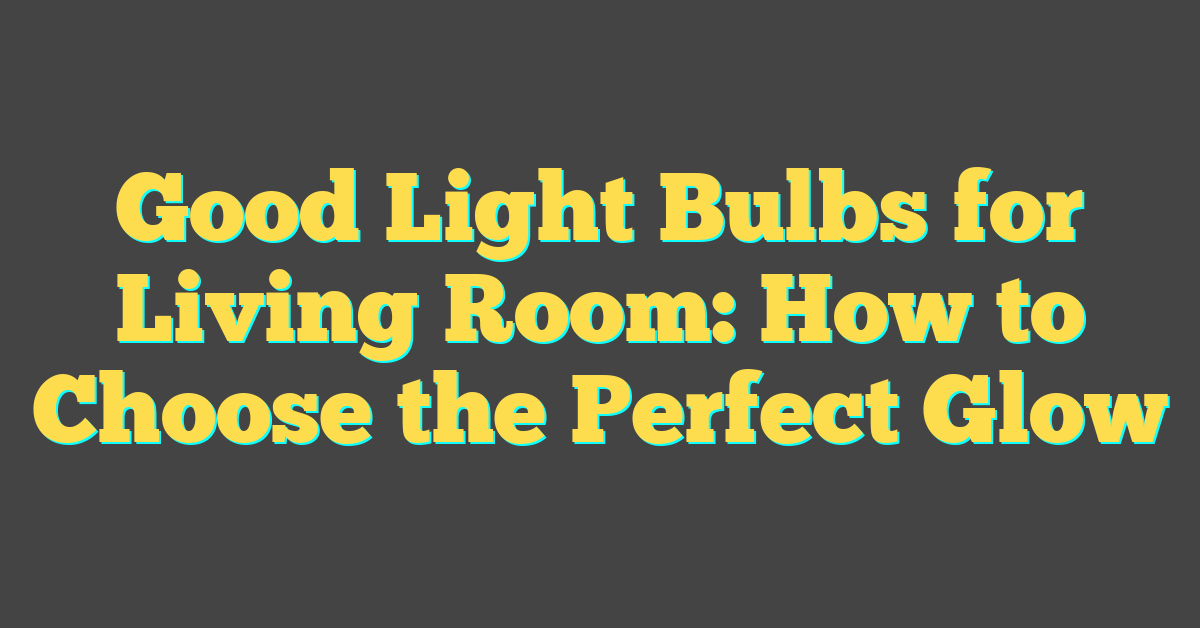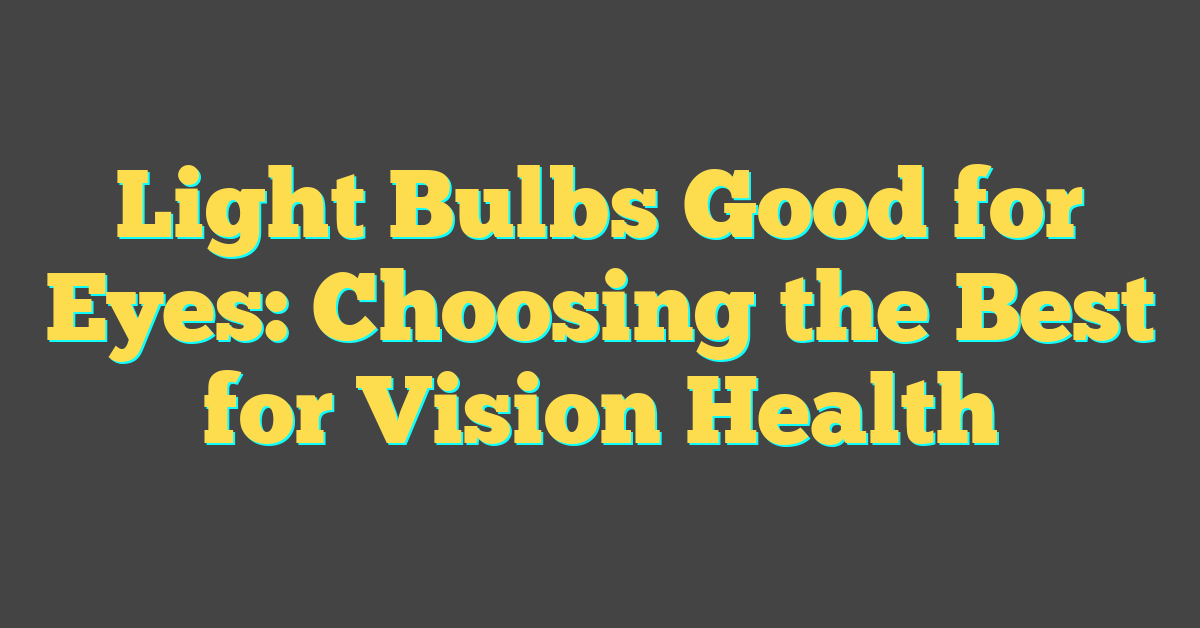Imagine life without the simple flip of a switch. Before the light bulb’s invention, your evenings were capped by the sunset, and productivity dimmed with the daylight. But then, the light bulb sparked a revolution, banishing the dark and changing the world forever.
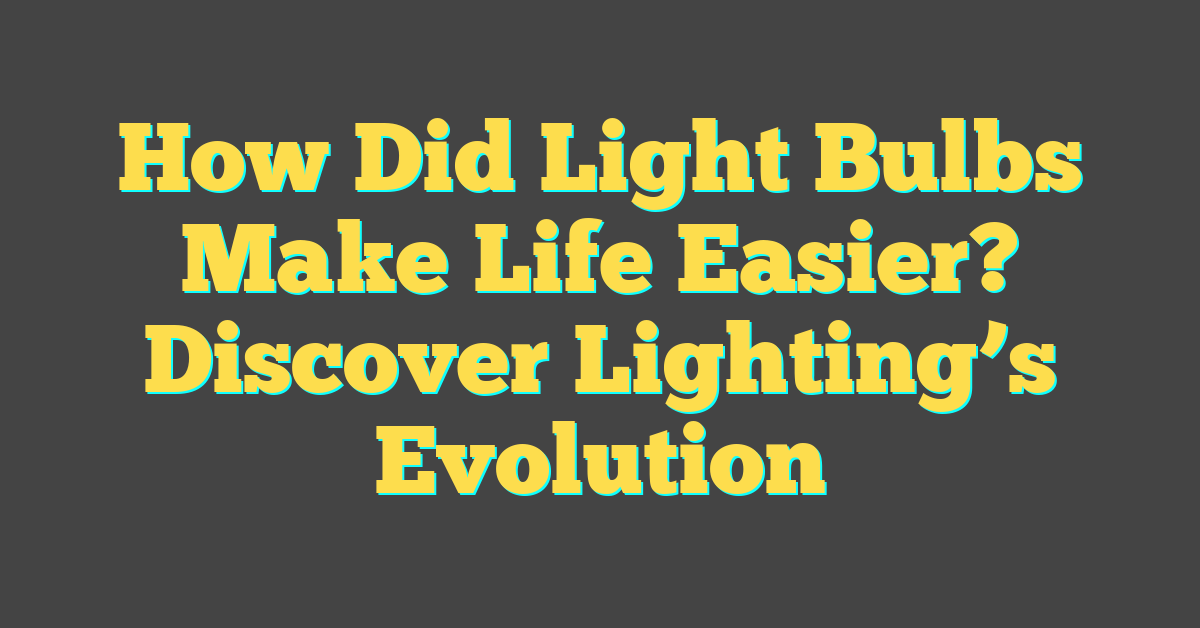
You’ve probably never given much thought to the humble light bulb above you. Yet, it’s one of the unsung heroes of modern convenience, extending your day, enhancing safety, and even boosting your mood. Let’s shed some light on how this brilliant invention made life easier in ways you might not even realize.
Extended Day and Increased Productivity
Before light bulbs illuminated your world, you were bound by the constraints of daylight. Now, electric lighting extends your ability to work, play, and live well beyond sunset. Let’s dive into how these glowing beacons of innovation have spurred productivity and reshaped your daily routine.
Picture this: the sun dips below the horizon, yet your to-do list remains unchecked. Before the light bulb’s advent, that meant your day was effectively over. But now, with the flick of a switch, you’re granted several more hours to tackle projects or wind down with a book. This extension of the day has transformed your productivity and leisure time astonishingly.
In workspaces, artificial lighting has facilitated round-the-clock operations. Factories and offices operate seamlessly into the night, increasing output and economic growth. The numbers are compelling:
| Era | Average Work Hours/Day | Economic Impact |
|---|---|---|
| Pre-Light Bulb | 10-12 | Limited by sunlight |
| Post-Light Bulb | Up to 24 | Enhanced productivity |
In your personal life, the impact is just as profound. You can now indulge in hobbies or home DIY projects at any hour. Instead of racing against the setting sun, you’ve got all night to perfect that new bookshelf or redesign your garden lighting. It’s not just about having more time; it’s about using it in ways that bring you joy and satisfaction.
Safety, too, has been revolutionized. No more navigating the dark with candles or lanterns. With well-lit streets and homes, you enjoy greater security and peace of mind after dark.
So, whether it’s a late-night study session or a midnight snack, light bulbs ensure that your life doesn’t pause just because the Earth has turned away from the sun. And remember, with great power comes great responsibility; always opt for energy-efficient bulbs to keep both your world and the Earth brightly lit.
Enhanced Safety and Security
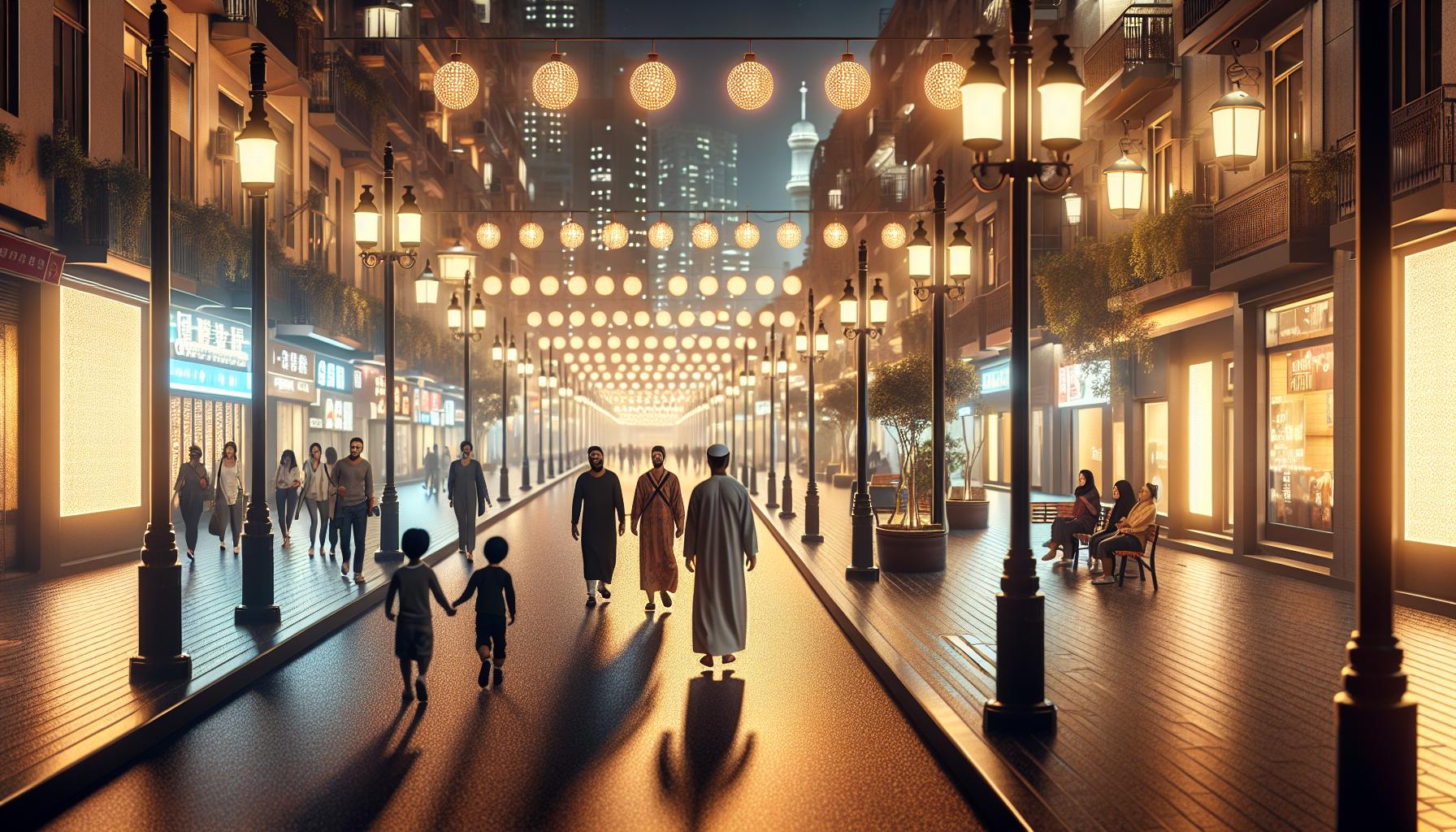
Light bulbs haven’t just brightened interiors; they’ve been a major player in enhancing safety and security outside as well. Before the widespread use of artificial lighting, people relied on the unpredictable and often inadequate light of candles and oil lamps. Streets after dark were dangerous places, easy hideouts for ne’er-do-wells. But with the introduction of strategically placed streetlights, visibility improved dramatically.
Here’s a thought for you: imagine wandering home late in the evening without a well-lit path. It sounds unnerving, doesn’t it? Not only did better lighting deter crime by increasing the risk of detection, but it also significantly reduced accidents that were common in poorly lit areas.
Take a stroll through your neighborhood. Notice how streetlights cast a reassuring glow? That’s the very backbone of community safety at play. Thoroughfares, once no-go zones post-sunset, turned into vibrant hubs of nighttime activity. Local economies thrived as patrons felt safer visiting shops and restaurants well into the evening.
- Bright lights in communities have been associated with lower crime rates.
- Proper illumination in public areas reduces the fear of crime, encouraging a stronger sense of community.
In homes, the story was quite similar. Well-lit exteriors discourage trespassers, while interior lighting creates a safe and welcoming environment. Think about your DIY projects; without a well-lit work space, there’s not only the frustration of poor visibility but the real risk of accidents. Implementing bright and appropriate lighting solutions at home and in public spaces is essential for creating and maintaining safe environments.
Lights aren’t just tools for visibility; they are the unspoken guardians of our night. As you consider your next home DIY lighting project, reflect on the layers of security that your choices can add to your home. Whether it’s motion-sensor floodlights for the backyard or smart lights that mimic your presence when you’re away, you’re reinforcing your sanctuary, and that’s a bright idea in itself.
Improved Well-being and Mood
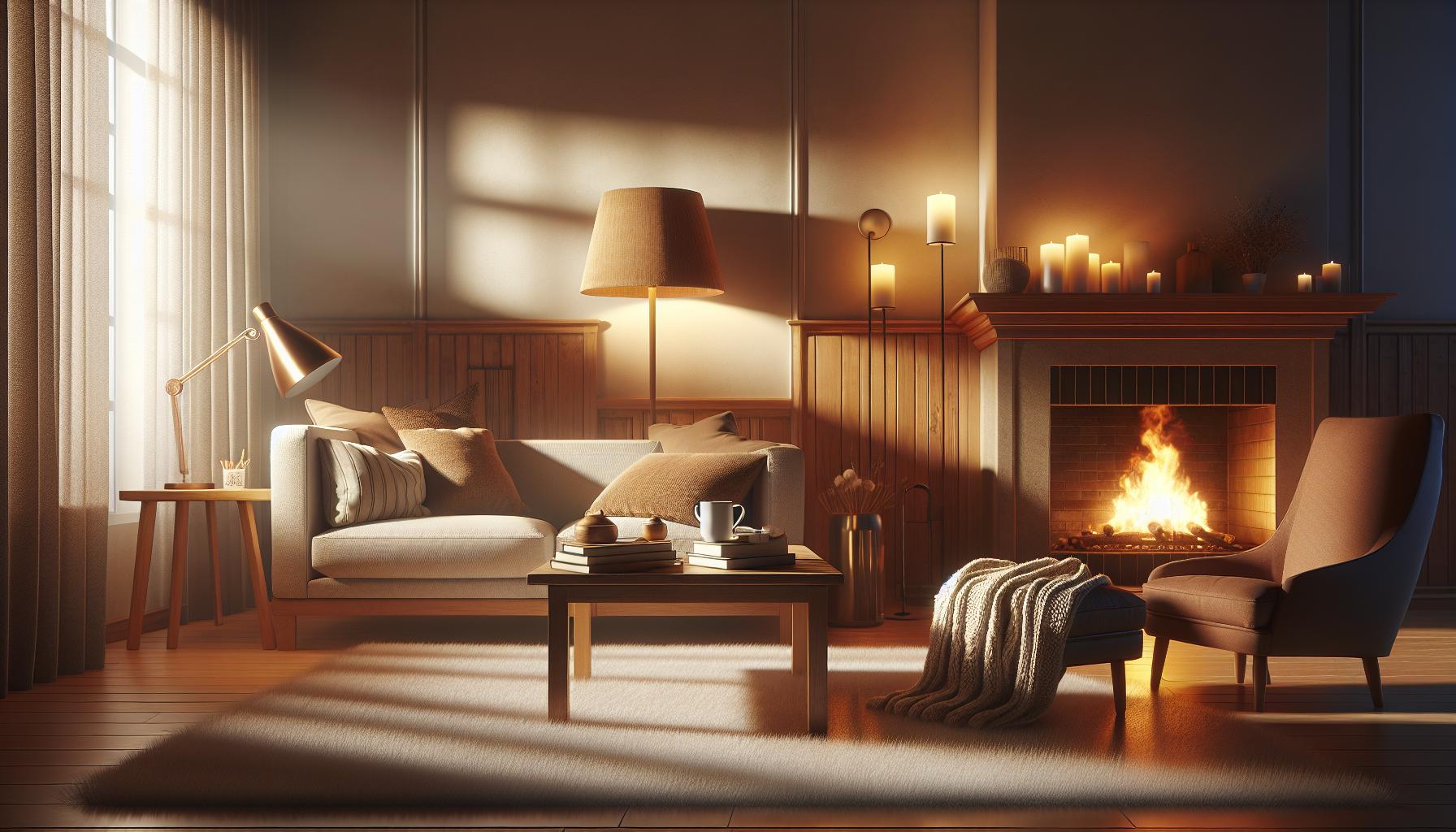
« Do You Need a Special Dimmer Switch for LED Light Bulbs? Find Out Now
Are LED Light Bulbs Fluorescent? Debunking Myths & Comparing Benefits »
Light isn’t just about visibility; it has a profound effect on your mood and general well-being. Imagine coming home after a long day to a warmly lit living space; it immediately invokes a sense of calm. That’s no coincidence—lighting can indeed influence emotions.
Research shows that bright light, especially from the blue light spectrum, can improve alertness and performance. It mimics the sky’s natural hue, triggering the body to suppress melatonin, the sleep hormone, and in turn, helps you feel more awake and energized. It’s one of the reasons you’re likely more productive during daylight hours.
Conversely, warm light emits lower color temperature and is associated with relaxation and winding down. This knowledge comes in handy in your home DIY lighting projects. By choosing the right color temperatures for different areas, you can create a perfect ambiance for any mood or activity.
- Bright, cool lights in your home office rev up your work mode.
- Warm, soft lights in the living area set the stage for a cozy night in.
Besides mood enhancement, the presence of light can help combat Seasonal Affective Disorder (SAD), a type of depression that comes and goes with the seasons, typically starting in the late fall and early winter. Light therapy is a common treatment for SAD, with individuals sitting near a light box that emits a bright, full-spectrum light. This exposure is thought to change brain chemicals linked to mood, easing SAD symptoms.
The use of light bulbs has also extended to chromotherapy, where colors are used to adjust body vibrations to frequencies that result in health and harmony. Each color possesses frequencies of a specific vibration, and each vibration is related to different physical symptoms. So, light bulbs that emit different colors can be used for therapeutic purposes.
In your next home project, consider the emotional impact of lighting. It’s not just about illuminating a room; it’s about creating spaces that foster happiness, productivity, and relaxation. Choose the types of bulbs and fixtures that enhance the way you live, from sunrise simulations to help wake you up, to dimmable lights that allow you to wind down after a bustling day. Your living space isn’t just a visual experience—it’s an emotional one, empowered by the humble light bulb.
Advancements in Science and Technology
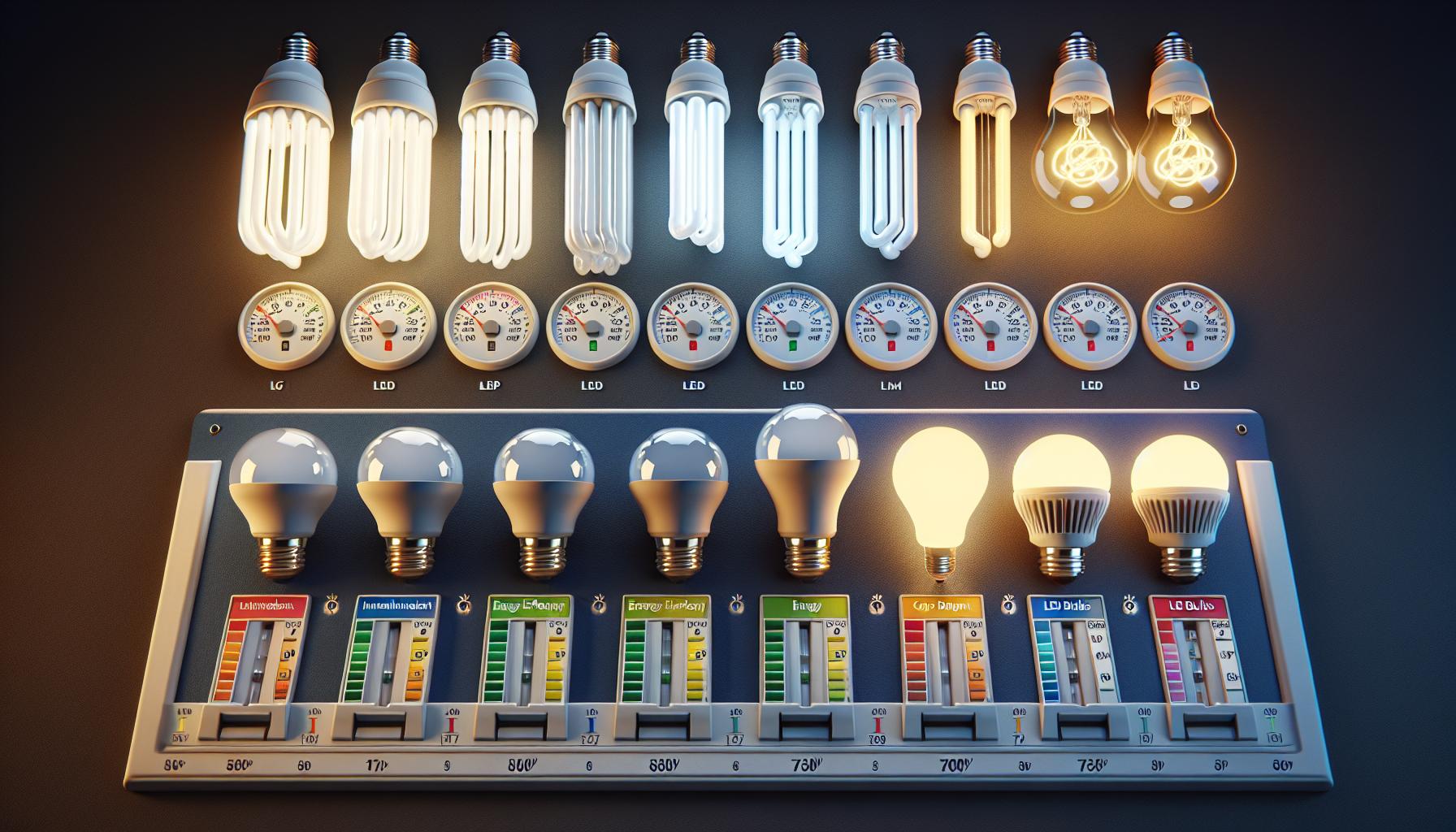
From the simple incandescent bulbs to modern LED lights, science and technology have been the backbone of the evolution in lighting. As you’ve likely noticed during your DIY projects, every new version of a light bulb doesn’t just shed more light, it’s also a testament to human ingenuity and our quest for efficiency.
LED technology, for example, was a game-changer. It has become the go-to for both home and industrial lighting solutions. LEDs use at least 75% less energy and last 25 times longer than traditional incandescent lighting. That’s not just easier on your electric bill, it’s also a win for the environment.
Here’s a quick glance at the transformation in numbers:
| Bulb Type | Energy Efficiency | Average Lifespan |
|---|---|---|
| Incandescent | Least efficient | 1,000 to 2,000 hrs |
| Compact Fluorescent (CFL) | More efficient | 8,000 to 10,000 hrs |
| Light Emitting Diode (LED) | Most efficient | 25,000 to 50,000 hrs |
But it’s not just about energy efficiency. The light quality has gone through a massive makeover too. Think about the colors and brightness of your bulbs; you can now choose from a wide spectrum of color temperatures measured in Kelvin. This lets you tailor the ambiance of any room to suit your mood or the functional needs of your space.
Advancements in smart lighting technology have brought forth a world where you can control your home’s lighting right from your smartphone or through voice-activated devices. Many of these smart lights can be programmed to adjust to your daily routine or change colors to enhance your well-being.
As lighting technology continues to evolve, so do the possibilities for your next project. Whether you’re setting up the perfect reading nook or installing outdoor lighting to showcase your home’s architecture, the science behind your choices is constantly improving what’s possible.
Conclusion
You’ve seen how the humble light bulb has revolutionized the way you live and work. With the shift to LEDs, you’re not only saving energy but also embracing a world where your lighting adapts to your needs. Imagine the projects you’ll illuminate and the spaces you’ll transform. It’s clear that lighting technology isn’t just about seeing better—it’s about living smarter. And as the technology continues to evolve, so will the ease and quality of your everyday life. Keep an eye out for what’s next; the future is bright, and it’s all thanks to that little invention that could—the light bulb.
Frequently Asked Questions
What is the main focus of the article?
The article primarily focuses on the evolution and advancements in lighting technology, especially the shift from incandescent bulbs to the more energy-efficient LED lights.
How do LED lights compare to incandescent bulbs in terms of energy efficiency?
LED lights are significantly more energy-efficient than incandescent bulbs, consuming less power and reducing energy costs.
What advantages do LED lights have besides energy efficiency?
Besides being energy-efficient, LED lights have a longer lifespan, offer customizable color temperatures for different ambiances, and can be integrated with smart technology for convenience.
Can you change the ambiance of a room using LED lights?
Yes, you can customize the ambiance of a room using LED lights by selecting different color temperatures ranging from warm to cool tones.
What does the article suggest about the future of lighting technology?
The article suggests that lighting technology will continue to improve, offering even better efficiency, customization options, and new possibilities for various lighting projects.

